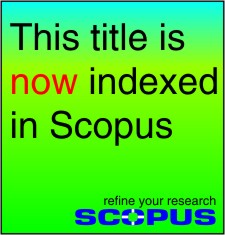Exploring the Multiple Aspects of Epigraphic Culture: Taking Miao Quansun's Calligraphy during the Late Qing Dynasty as Example
Changning Hao
Ser Wue Hiong
This study aims to unravel the layers of meaning embedded in Miao Quansun's calligraphy, providing insights into the broader discourse surrounding epigraphic practices during the late Qing dynasty. Through multiple aspects of late Qing dynasty epigraphic culture, Miao Quansun's calligraphy, Traditional Chinese calligraphic styles, artistic adaptation, cultural landscape, and recognition and impact, it seeks to shed light on the intricate interplay between artistic expression, historical context, historical preservation, regional variations, transformative adaptation, intentional urban planning, cultural recognition, and cultural significance within the realm of epigraphic culture. This research adopts a comprehensive methodology, beginning with a thorough thematic analysis of existing literature on the selected variables. Subsequently, semi-structured interviews with nine experts in the field offer qualitative insights and perspectives, shaping a holistic understanding of the relationships under investigation. The research employs an interdisciplinary approach, drawing on theories from art history, aesthetics, cultural studies, sociology, and urban planning. The findings illuminate the complex relationships inherent in late Qing dynasty epigraphic culture, Miao Quansun's calligraphy, traditional Chinese calligraphic styles, artistic adaptation, cultural landscape, and recognition and impact. These relationships span historical preservation as a cultural and ideological act, the symbiosis between traditional influences and individual artistic innovation, the delicate balance within calligraphic styles, the transformative power of artistic adaptation, intentional design decisions shaping cultural landscapes, and the dynamics of recognition within societal structures. Implications extend to heritage preservation, art education, cultural promotion, urban planning, and cultural recognition, offering practical guidance for policymakers, educators, cultural institutions, and artists navigating the complex interplay between tradition and innovation, identity, and societal recognition.
Keywords:Epigraphic culture, Miao Quansun's calligraphy, Chinese calligraphic styles, Artistic adaptation, Cultural landscape, Recognition and risk, Multiple aspects



